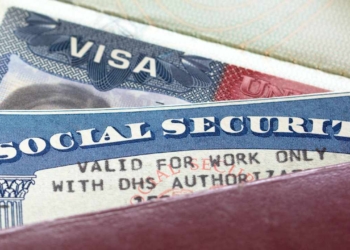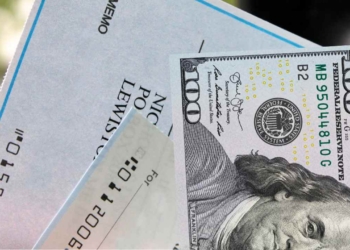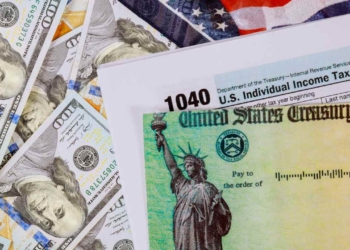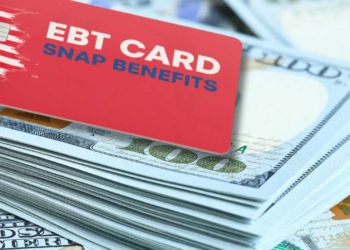If your birthday falls between the 21st and 31st of any month, mark November 26, 2025, on your calendar. That’s the fourth Wednesday of the month, and it’s when your Social Security retirement check arrives. The Social Security Administration (SSA) spreads payments over three Wednesdays to keep things running smoothly for everyone.
Direct deposit usually hits your bank account that morning; paper checks come by mail. This payment covers your full November benefit, already boosted by the 2.5 percent cost-of-living increase that started back in January.
The average Social Security deposit you could receive on November 26
Right now, the typical retirement check comes to about $2,008 a month. That number comes from the latest figures the SSA released in late summer. It’s up just a couple of dollars from the month before, thanks to small shifts in living costs.
For many folks, that money pays the rent or mortgage, keeps the lights on, and puts food on the table. As the holidays get closer, it’s also what helps with gifts for grandkids or a nice family dinner. Your own amount depends on how long you worked, what you earned, and when you started taking benefits. The easiest way to see your exact figure is to log into your my Social Security account online.
Your retirement age determines how much to expect
The age you pick to start benefits makes a big difference in what you get each month. Take the earliest age, 62 years old. Someone with top earnings over 35 years can get up to $2,831 a month in 2025.
Wait until your full retirement age—67 if you were born in 1960 or later—and that ceiling jumps to $4,018. Hold off until 70, and you earn extra credits each year, pushing the maximum to $5,108.
Very few people hit those highs; you need steady, high-paying jobs right up to the yearly wage limit, which is $168,600 this year. Most deposits land somewhere in between, but knowing the range helps younger family members plan ahead.
The COLA increase to expect in 2026
Here’s something to look forward to: starting January 2026, every check goes up 2.8 percent. The SSA set that rate on October 24, based on price changes through September. For the average person getting $2,008 now, that adds roughly $56 a month, bringing the new total to about $2,064. If you and your spouse both receive benefits, you’ll see more than $100 extra combined.
The top amounts move up too—the full-retirement-age maximum becomes around $4,130, and the age-70 cap reaches about $5,251. Over the whole year, that 2.8 percent increase puts an extra $1,200 or so in most pockets.
This annual adjustment has been automatic since the 1970s. It tracks a specific price index that measures what working people pay for everyday items. The 2.8 percent rise is a bit more than last year’s 2.5 percent, but some say it still doesn’t fully cover medical bills, which keep climbing faster than groceries or gas. Either way, the extra money helps stretch the budget a little further.







